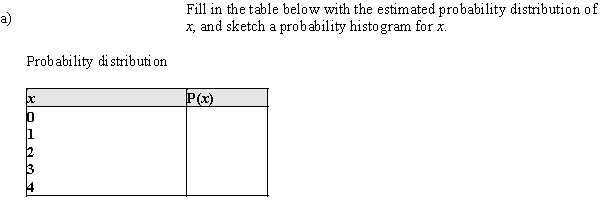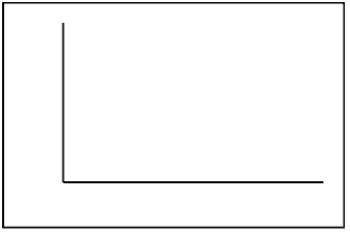During World War II The German forces launched "flying-bombs" (missiles) against London. In a study of the effectiveness of these flying-bombs, a researcher divided the south of London into 575 squares of area equal to 0.25 square km and counted the number of these squares that had sustained exactly k hits. The data for 0 - 4 hits in an area is given in the table below.  Let the random variable x = number of flying-bombs hitting in a randomly selected square in south London.
Let the random variable x = number of flying-bombs hitting in a randomly selected square in south London. 
Probability histogram 
b)Using your estimated probabilities in part (a), estimate the following:
i)P(x = 1), the probability that 1 flying bomb hit in a randomly selected square.
ii)P(x < 3), the probability that fewer than 3 flying bombs hit.
iii)P(x ≥ 3), the probability that at least 3 flying bombs hit.
Correct Answer:
Verified
Hi...
View Answer
Unlock this answer now
Get Access to more Verified Answers free of charge
Q21: A business has five customer service telephone
Q22: From your own experience, give an example
Q23: What is a random variable?
Q24: At the University of Tough Love, good
Q28: Thirty-seven percent of the customers of a
Q29: The famous physicist, Ernest Rutherford, was a
Q30: Using the notation C = continuous and
Q34: One common method used to forecast the
Q39: Fifty-five percent of the students at Thomas
Q43: In a major study by the statistics
Unlock this Answer For Free Now!
View this answer and more for free by performing one of the following actions

Scan the QR code to install the App and get 2 free unlocks

Unlock quizzes for free by uploading documents